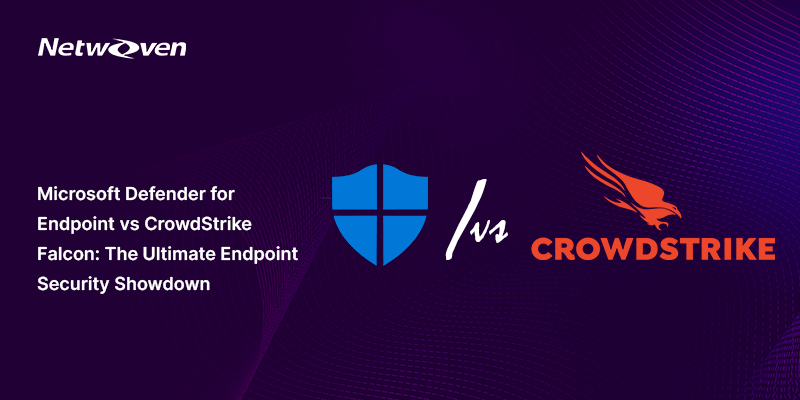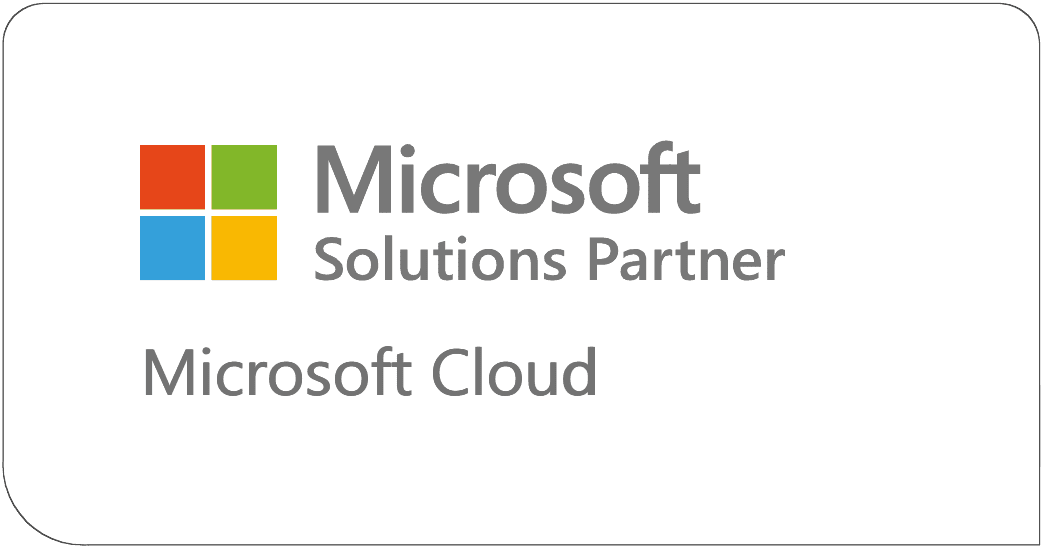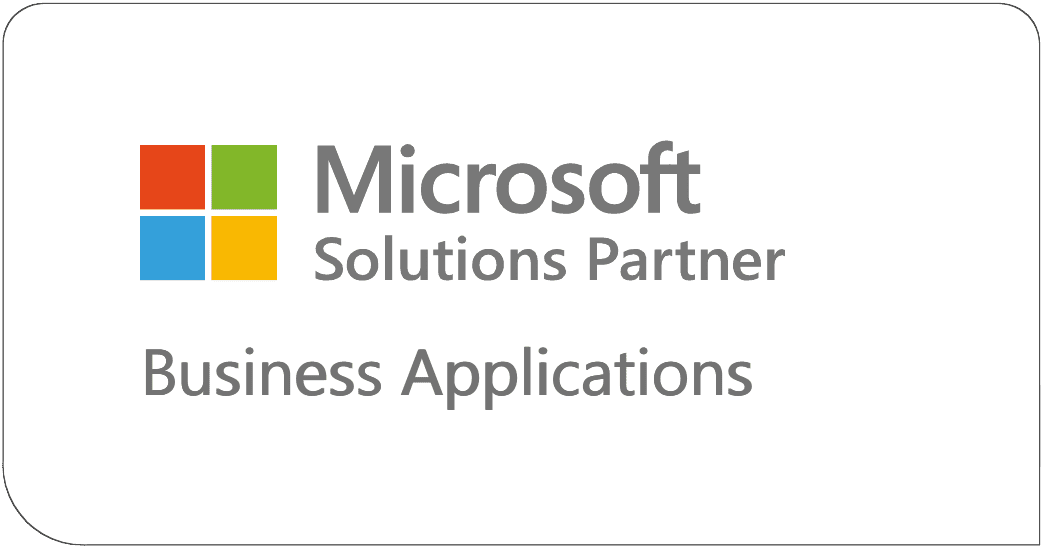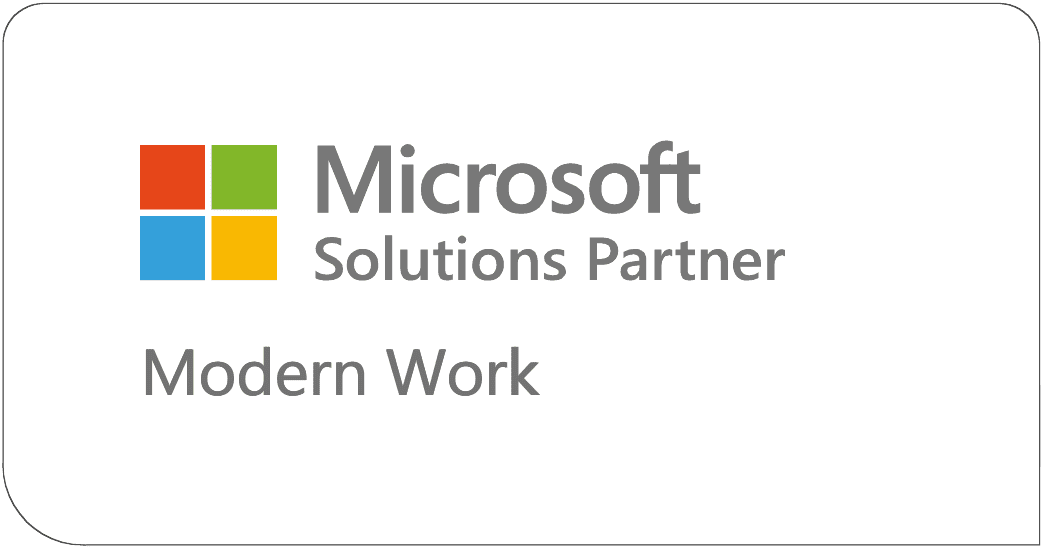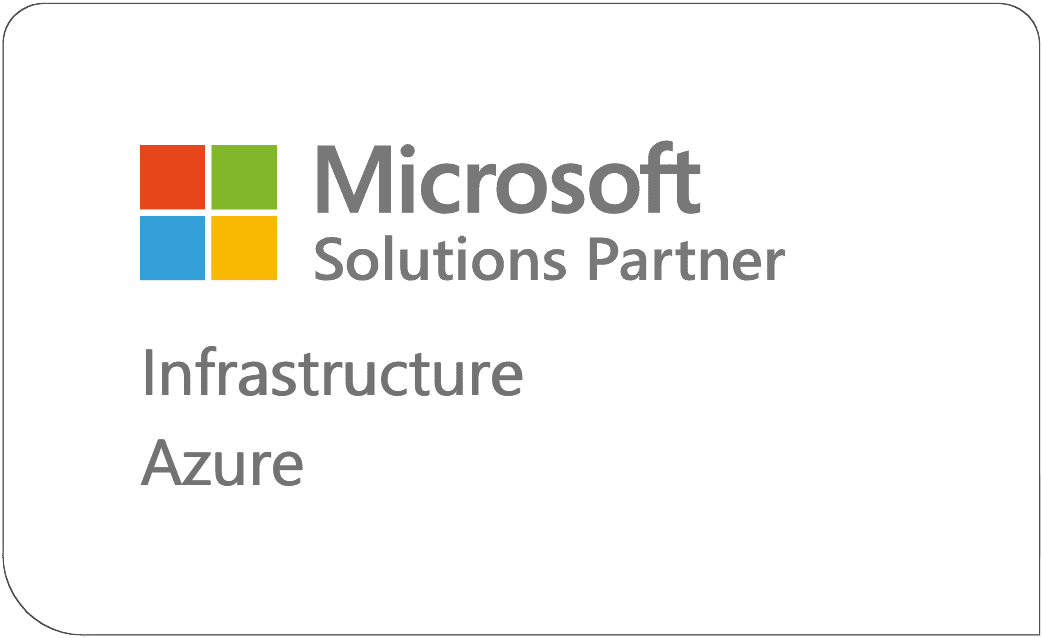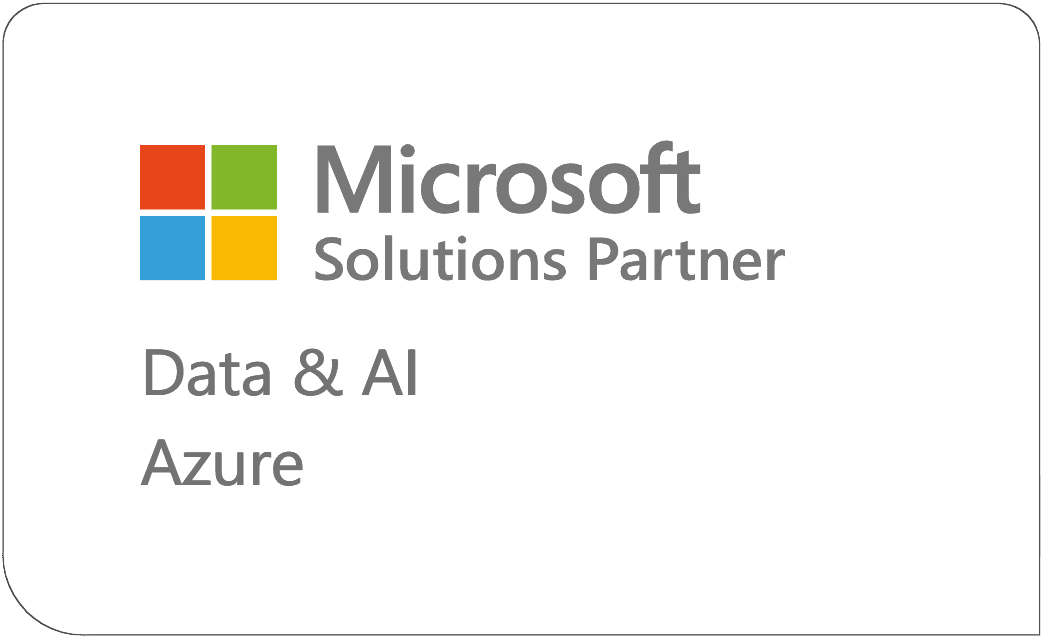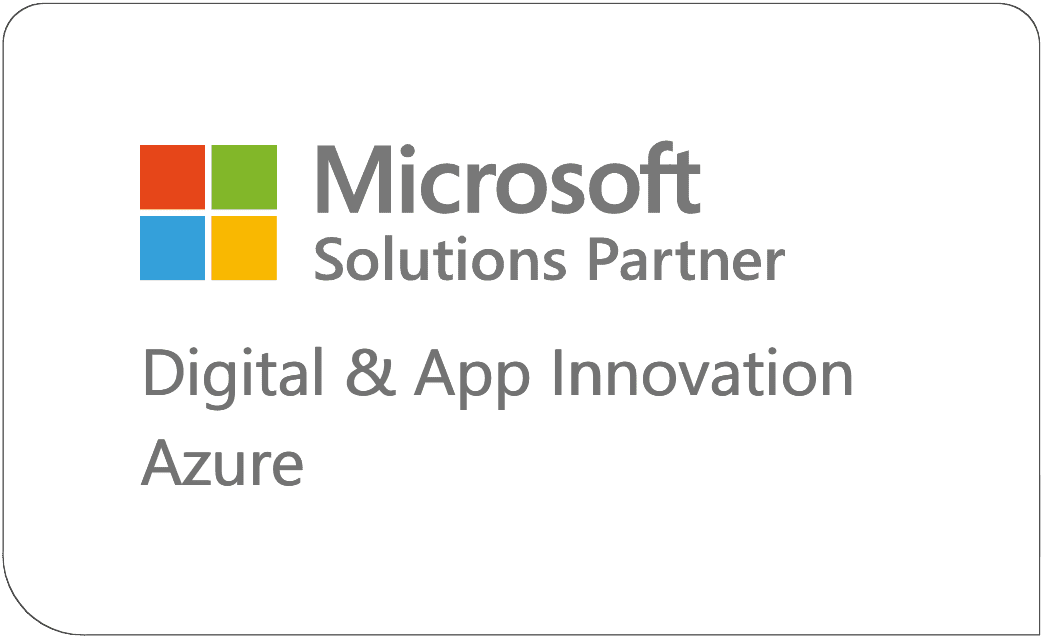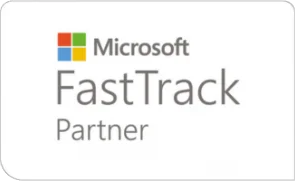Introduction
In the modern era, endpoint security has become crucial to businesses. Organizations require protection for their assets as cyberattacks continue to spread rapidly and become sophisticated in nature.
The leaders in endpoint security are Microsoft Defender for Endpoint and CrowdStrike Falcon. Each of these solutions claims to offer full coverage, but how effective are they in actual business use cases?
This analysis aims to evaluate and explore the functionality of both tools in relation to their features, capabilities, specific applications, selling points, and ultimately providing reasoning for choosing either one as part of your organizational cybersecurity framework.
Product Briefing
Microsoft Defender for Endpoint
Part of the Microsoft 365 Defender suite: Formerly known as Windows Defender ATP is now called Microsoft’s enterprise endpoint security platform. It has features attributed to enterprise-grade endpoint security platforms like deep endpoint protection, detection and response at scale for enterprise endpoints.
Key Strengths:
- Deep Windows integration
- Cost-effective for Microsoft shops
- Unified security dashboard
- Built-in threat intelligence
- Enterprise-grade EDR capabilities
- AI-powered threat detection
CrowdStrike Falcon
A cloud-native endpoint protection platform – CrowdStrike falcon combines endpoint detection and response (EDR), next-generation antivirus, and managed threat hunting services.
Key Strengths:
- Lightweight agent deployment
- Superior threat detection capabilities
- Cross-platform support (Linux, Windows, Max)
- Advanced threat hunting services
- Cloud-native architecture
- Behavioral analytics engine
Product Comparison
Feature Comparison
| Feature | Microsoft Defender for Endpoint | CrowdStrike Falcon |
|---|---|---|
| Endpoint Detection & Response | ✓ Excellent | ✓ Excellent |
| Next-Generation Antivirus | ✓ Strong | ✓ Strong |
| Threat Hunting | ✓ Advanced | ✓ Strong |
| Cross-Platform Support | ⚠ Limited | ✓ Comprehensive |
| Cloud-Native Architecture | ⚠ Hybrid | ✓ Full Cloud |
| Microsoft 365 Integration | ✓ Seamless | ✗ Limited |
| Behavioral Analytics | ✓ Good | ✓ Excellent |
| Managed Services | ⚠ Basic | ✓ Comprehensive |
Strengths Summary
Microsoft Defender for Endpoint:
- Seamless Microsoft ecosystem integration
- Cost-effective for existing Microsoft customers
- Strong Windows-native capabilities
- Unified security operations center
- Custom threat hunting capabilities
CrowdStrike Falcon:
- Superior threat detection and response
- Lightweight, cloud-native architecture
- Excellent cross-platform support
- Strong threat hunting capabilities
Considerations
Microsoft Defender for Endpoint:
- Limited non-Windows platform support
- Requires Microsoft 365 licensing
- Less advanced threat hunting
CrowdStrike Falcon:
- Higher cost, especially for smaller organizations
- Limited Microsoft ecosystem integration
- Requires dedicated security expertise
- Subscription-based pricing model
Industry-Specific Considerations
| Industry | Recommendation | Key Factors |
|---|---|---|
| Healthcare | Crowdstrike and Microsoft Both are Preferred | HIPAA compliance, advanced threat protection |
| Financial Services | Both viable | Depends on existing Microsoft investment |
| Government | Microsoft Defender popular | GCC High and FedRAMP requirements |
| Manufacturing | CrowdStrike for OT environments | Cross-platform support, IoT protection |
What Should You Choose?
Decision Framework
The choice between Microsoft Defender for Endpoint and CrowdStrike Falcon isn’t just about features – it’s about strategic alignment with your organization’s goals, infrastructure, and risk profile.
Choose Microsoft Defender for Endpoint if:
Technical Factors:
- You’re heavily invested in Microsoft 365 (The features are already available)
- Windows-dominant environment (80%+ Windows)
- Need unified security operations center
- Existing Azure infrastructure
Business Factors:
- Budget constraints are primary concern
- Limited dedicated security staff
- Moderate to High-risk threat landscape
- Compliance over advanced hunting
Choose CrowdStrike Falcon if:
Technical Factors:
- Multi-platform environment (Mac, Linux, Windows)
- Cloud-first infrastructure strategy
- Need advanced threat hunting capabilities
- Require lightweight agent deployment
Business Factors:
- High-risk industry or threat profile
- Dedicated security operations team
- Budget for premium security solutions
- Need managed security services
Hybrid Approach
Under this approach, both tools can be deployed successfully. Microsoft Defender will address standard endpoints, and CrowdStrike will address high-value assets or mixed-OS environments. This will optimize costs while maximizing protection.
Additional Considerations
| Factor | Microsoft Defender | CrowdStrike Falcon |
|---|---|---|
| Implementation Timeline | 2-4 weeks basic, 6-8 weeks full optimization | 1-2 weeks deployment, 4-6 weeks advanced config |
| Training Requirements | Minimal if team familiar with Microsoft tools | Moderate to significant, especially for threat hunting |
| Scalability | Highly scalable within Microsoft ecosystem | Cloud-native provides a slight edge for rapid scaling |
| Third-party Integrations | Excellent with Microsoft, limited elsewhere | Extensive third-party integrations and APIs |
Summary
CrowdStrike Falcon and Microsoft Defender for Endpoint are both enterprise-grade solutions that can protect organizations against sophisticated threats.
Microsoft Defender for Endpoint
Best for: Organizations seeking integrated security and cost effectiveness within Microsoft ecosystem
Key advantage: No additional licensing cost for smooth integration within Microsoft infrastructure
CrowdStrike Falcon
Best for: Organizations requiring threat detection across diverse environments
Key advantage: Superior threat hunting and cross-platform protection capabilities
Enroll for a CrowdStrike to Microsoft Defender XDR Migration: 1 Day Workshop
Final Recommendations
- For most organizations: Start with Microsoft Defender if you’re already in the Microsoft ecosystem
- For high-risk environments: CrowdStrike provides superior advanced threat protection if you are not engaged in Microsoft environments.
- For budget-conscious buyers: Microsoft Defender offers excellent value for existing Microsoft customers.
- For mixed environments: Microsoft Defender for Endpoint takes a broad approach by providing full integration into the Microsoft ecosystem, but CrowdStrike specializes on EDR solutions, granting unmatched cross-platform capabilities.
Remember: When determining the best strategy for securing endpoints one must take into consideration an organization’s particular requirements, infrastructural setup, and appetite towards cybersecurity risks. It may be best to test both systems prior to final decision-making by using proof-of-concept.

